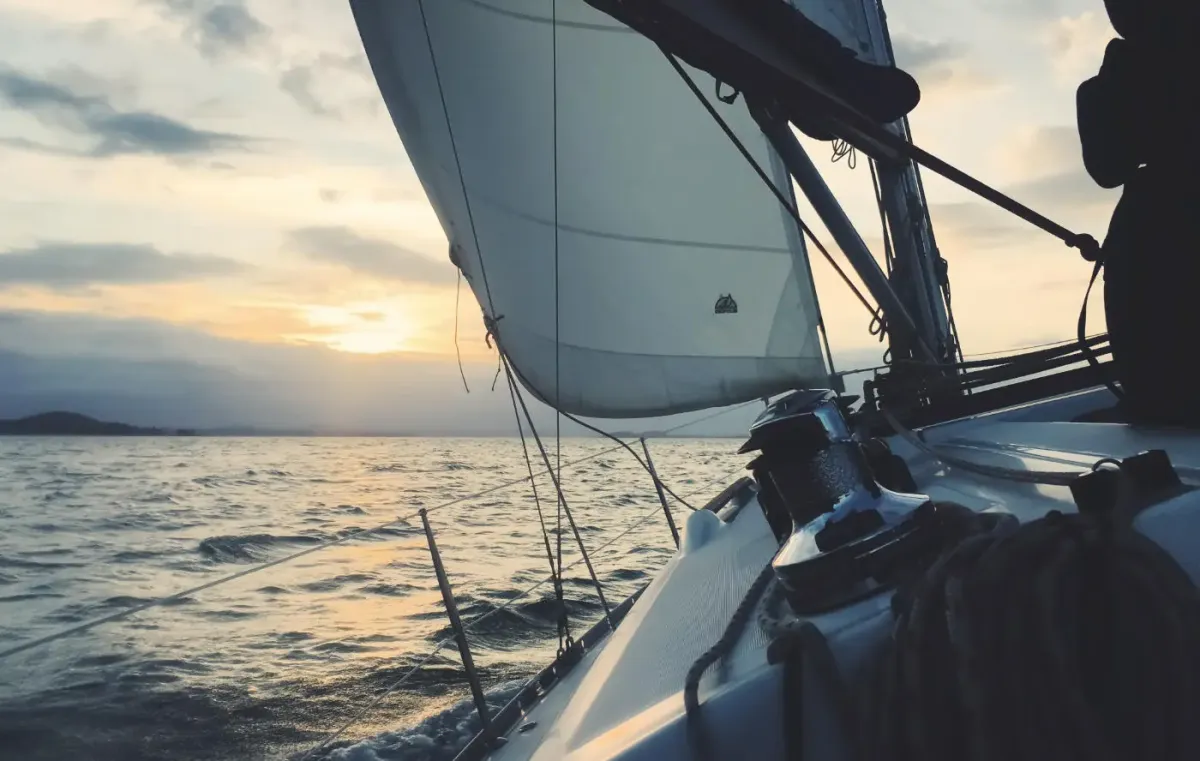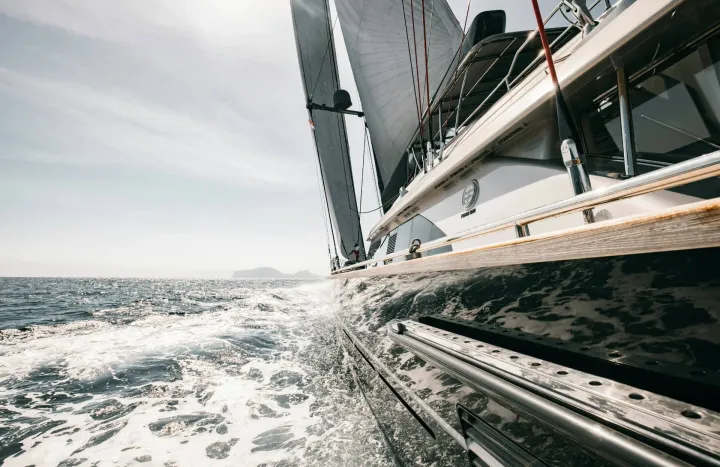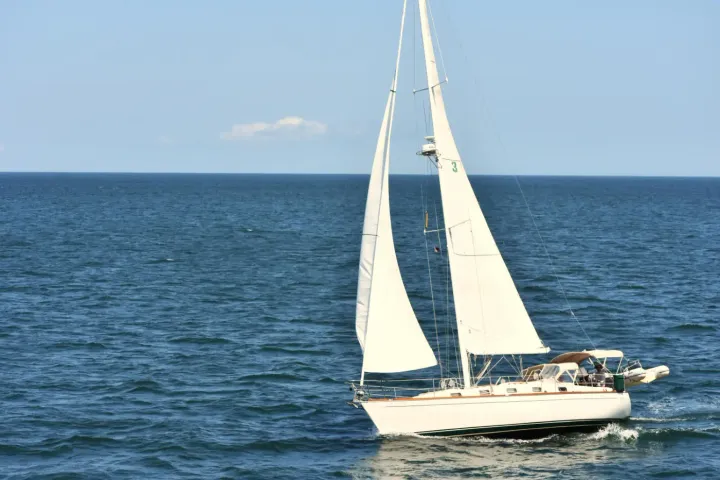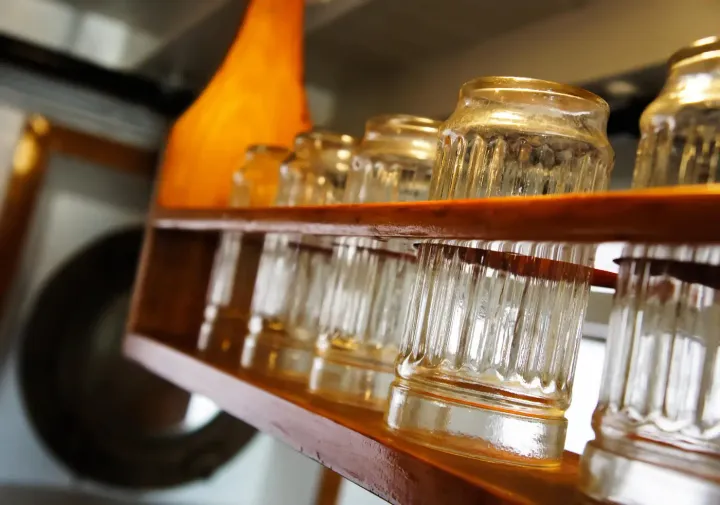Want to know what a Genoa is used for? We have everything you need to know about Genoa sails.
There are various sails used on boats, each with distinct advantages and disadvantages. There are two major forms of headsails on any small boat, the jib, which many will have heard of, and the genoa. But what exactly is a genoa used for?
Genoa sails are mainly used on twin-masted boats such as ketches and yawls. It is larger than a jib sail and often reaches past the mast. It has a larger surface area which can increase the craft's speed in light and moderate winds.
This article will discuss what exactly a genoa sail is used for. So keep reading! We have everything you need to know about Genoa sails.
What Is A Genoa Sail And What's Its Purpose?
A genoa sail is considered a large staysail, sometimes referred to as a jib, that extends past the boats mast, thus, overlapping the main sail if viewed from the side. Genoa sails were initially known as overlapping jibs, then genoa jibs, and now simply genoa sails.
A genoa is generally used on single-masted sloops and various twin-masted boats, including ketches and yawls. The genoa sail has a larger surface area when compared to regular jibs, which in turn increases the boat's speed when sailing in light and moderate winds.
A genoa, sometimes referred to as a genny, refers to a specific kind of jib sail that is larger than the ship's foretriangle. The foretriangle is a triangular area formed by three points that intersect on the boat, where the stay intersects the mast and bowsprit and when the mast joins to the deck.
So any jib sail that is 100% larger than the foretriangle is generally considered to be a genoa sail. Genoa sails are larger, and thus their leech will extend beyond the mast and even overlap the mainsail. To maximize the sail area with a genoa, the sail is typically positioned parallel and close to the boat's deck.
Genoa Foretrignale Percentage
Jib sails such as genoas are easily understood when they are divided into their areas relative to the 100% surface area of the foretriangle. When getting your boat ready for a sailing race, the various classes are often divided by the size of their genoa.
So, there are various classes of genoas that include: number 1 and number 2 style genoas.
A number 1, sometimes referred to as a modern number 1 genoa, will have a surface area of around 155% the size of the foretriangle, whereas a historical number 1 would have had a sail around 180% the size of the foretriangle.
Number 2's generally range around 120 to 140% of the size of the foretriangle surface area, so they are generally smaller. Your average job will also be measured in the same way, except they will measure around 100% of the foretriangle surface area or less, i.e., a much smaller sail.
Genoa Vs. Jib Sails
Jibs and Genoas are both triangular sails, which are similar in nature, and are affixed in front of the boat's mast. So, Jib is simply the general name applied to various headsails; however, while a genoa is technically still a jib sail, it's used to define a much larger sail that takes up a higher percentage of the overall foretriangle.
Normal jibs, i.e., anything that's 100% the surface area of the foretriangle and smaller, are often considered to be easier to control and maintain, which is why they're popular amongst smaller crews; they are also less expensive.
Jibs are sometimes referred to as non-overlapping sails, the opposite of genoas, and may have an increased level of longevity as their leeches will not drag across your mast, spreaders, or shrouds.
Another benefit is that jibs weigh a lot less than genoa sales due to their smaller size. This has numerous benefits, but the two major ones are: firstly, it's easier to handle a jib sail, both to change or trim it. Secondly, the low weight ensures less itching and healing.
So, in simple terms, a genoa is generally considered a jib that overlaps the mast, but from time to time, you may hear the terms used interchangeably. Both have their benefits, and will even beginner sailors know this.
Conclusion
So, now you know exactly what a genoa sail is, are you ready to put this knowledge into action? Just remember, if you are hoping to use this information in a practical sense, a genoa is simply a jib sail that is larger than the boat's foretriangle; this results in more speed in light and moderate winds.



